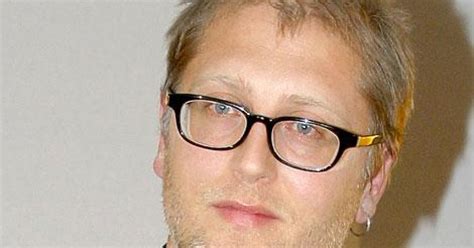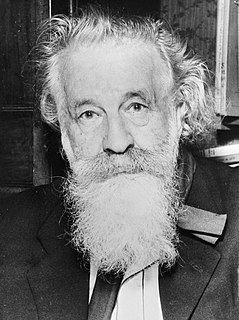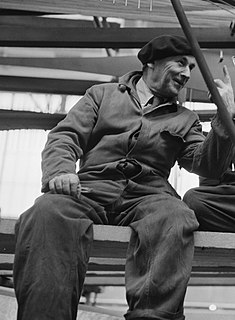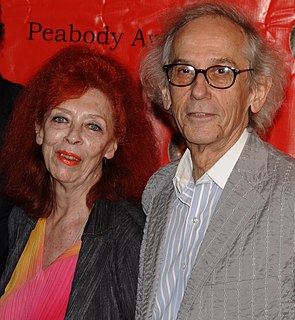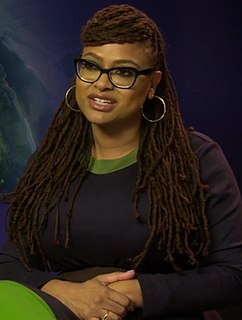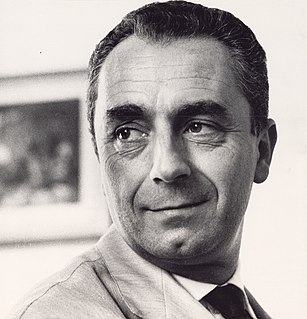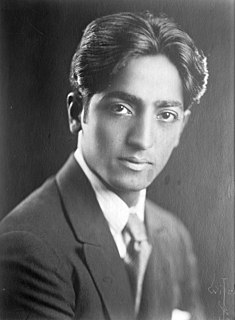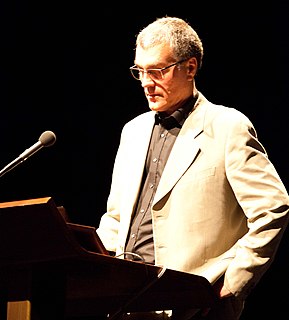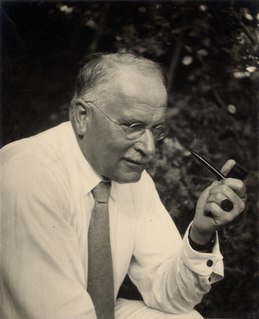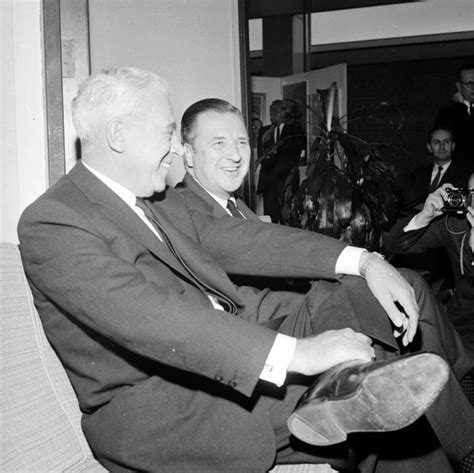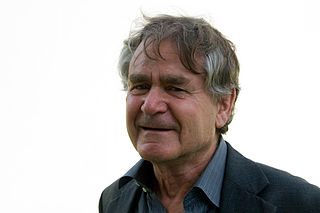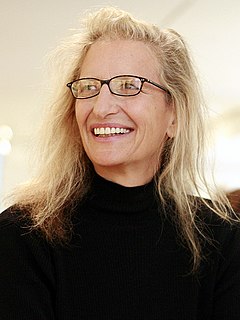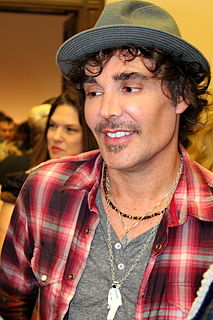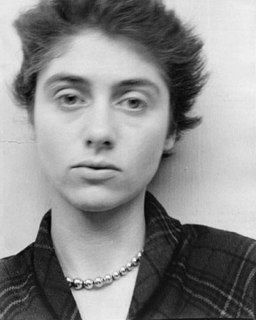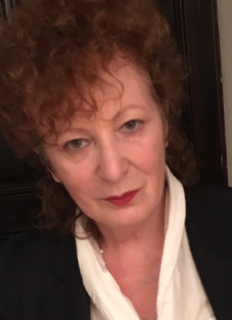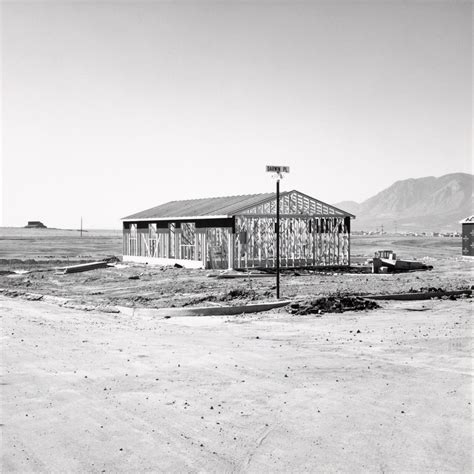A Quote by Ansel Adams
To visualize an image (in whole or in part) is to see clearly in the mind prior to exposure, a continuous projection from composing the image through the final print.
Related Quotes
'2001' used a lot of what's called 'front projection.' You project an image onto this giant reflective screen, and the image bounces back and comes back to the lens and seems to be in the background behind the actors. The whole 'dawn of man' sequence in '2001' was projected eight-by-ten photographs of the African savannah.
The image can only be studied through the image, by dreaming images as they gather in reverie. It is a non-sense to claim to study imagination objectively since one really receives the image only if he admires it. Already in comparing one image to another, one runs the risk of losing participation in its individuality.
I start with no preconceived idea - discovery excites me to focus - then rediscovery through the lens - final form of presentation seen on ground glass, the finished print previsioned completely in every detail of texture, movement, proportion, before exposure - the shutter's release automatically and finally fixes my conception, allowing no after manipulation - the ultimate end, the print, is but a duplication of all that I saw and felt through my camera.
We never see a tree except through the image that we have of it, the concept of that tree; but the concept, the knowledge, the experience, is entirely different from the actual tree. Look at a tree and you will find how extraordinarily difficult it is to see it completely, so that no image, no screen, comes between the seeing and the actual fact. By completely I mean with the totality of your mind and heart, not a fragment of it.
Some people say they use images to help them remember intricacies. Others say they just remember. If they are able to form an image of the face, it is because they remember how it was: it is not that an image guides memory, but that memory produces an image, or the sense of imaging. We have no agreed way to talk clearly about such things.

